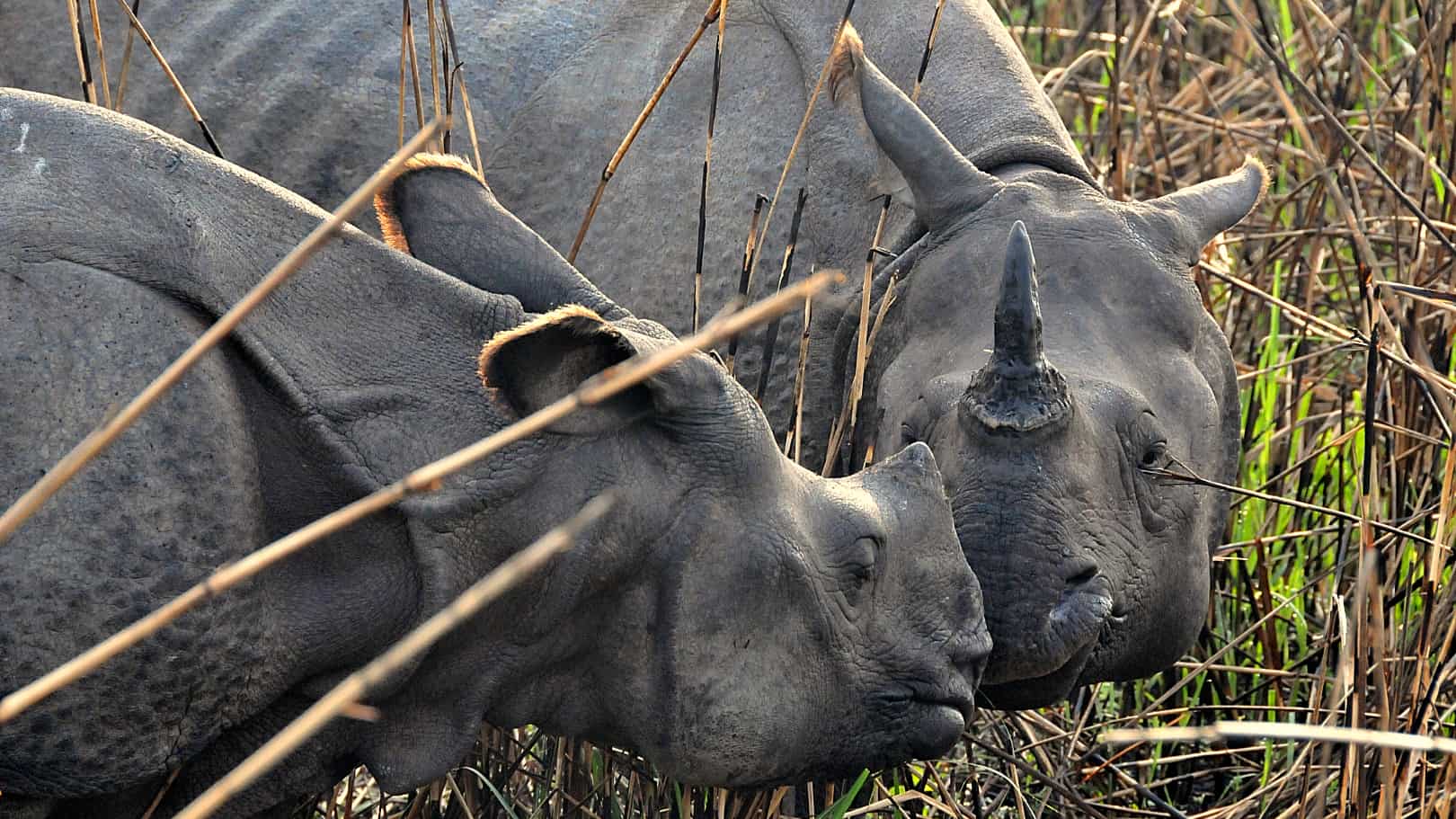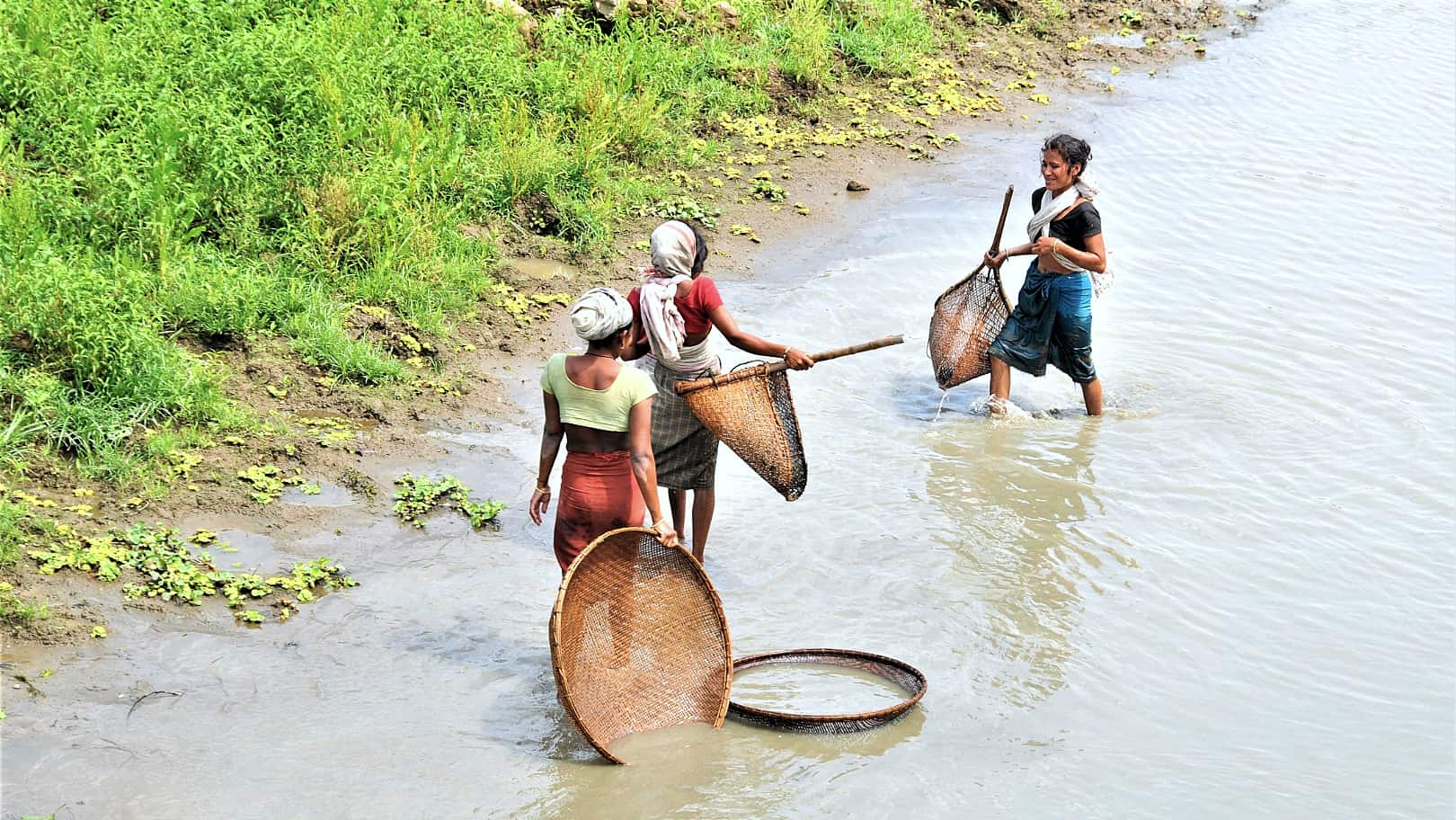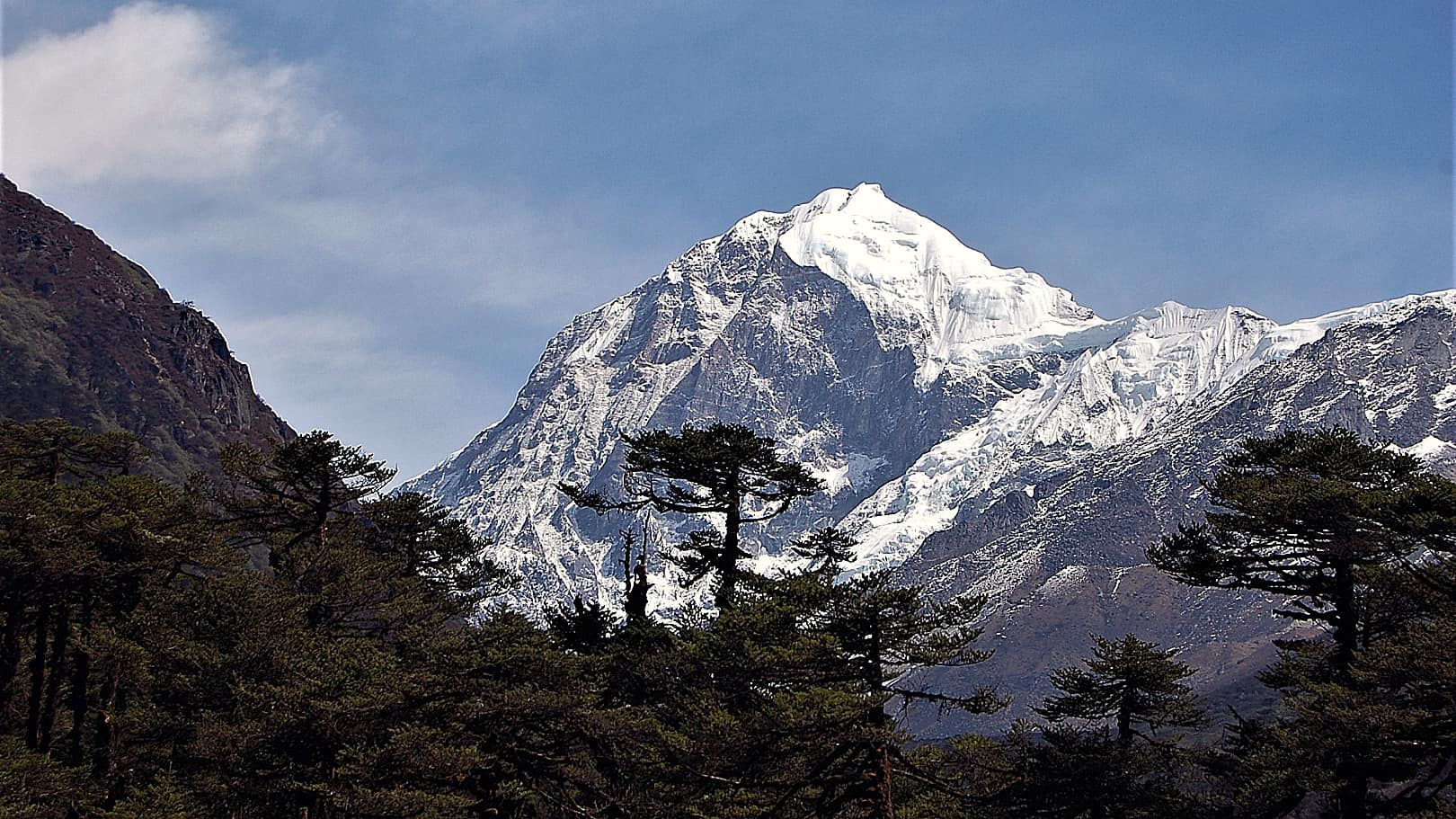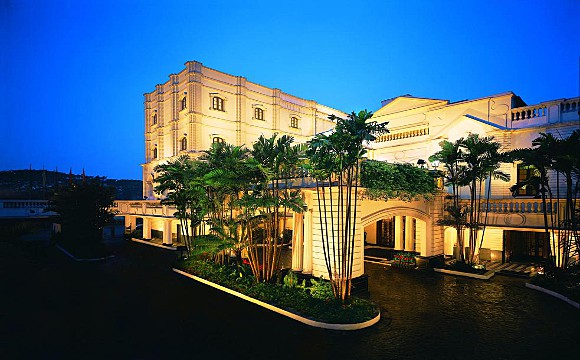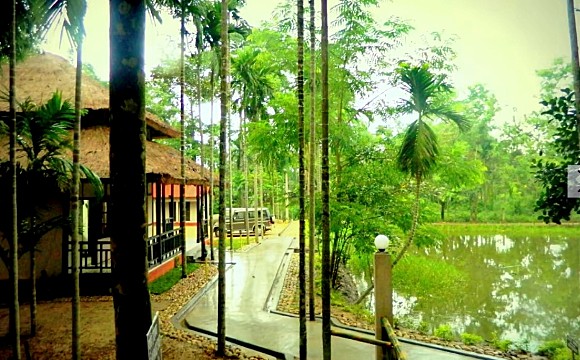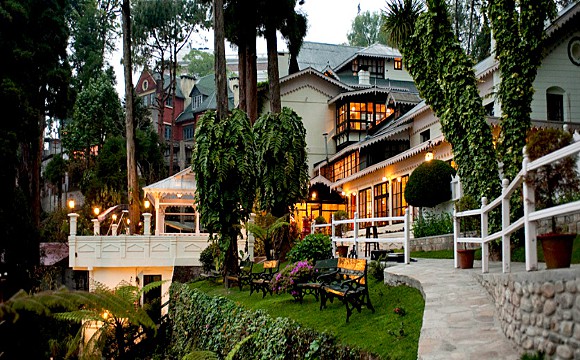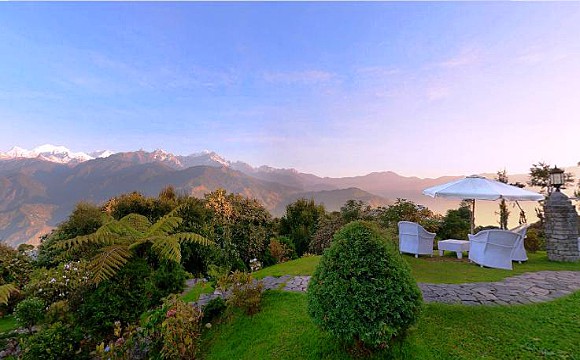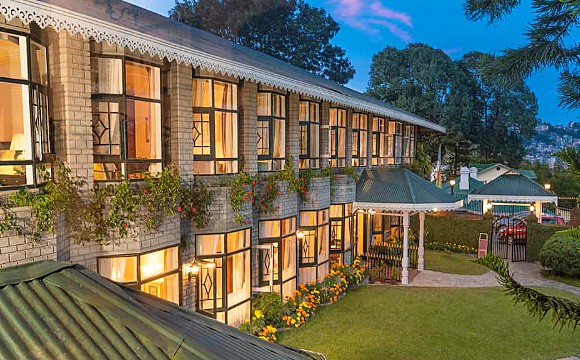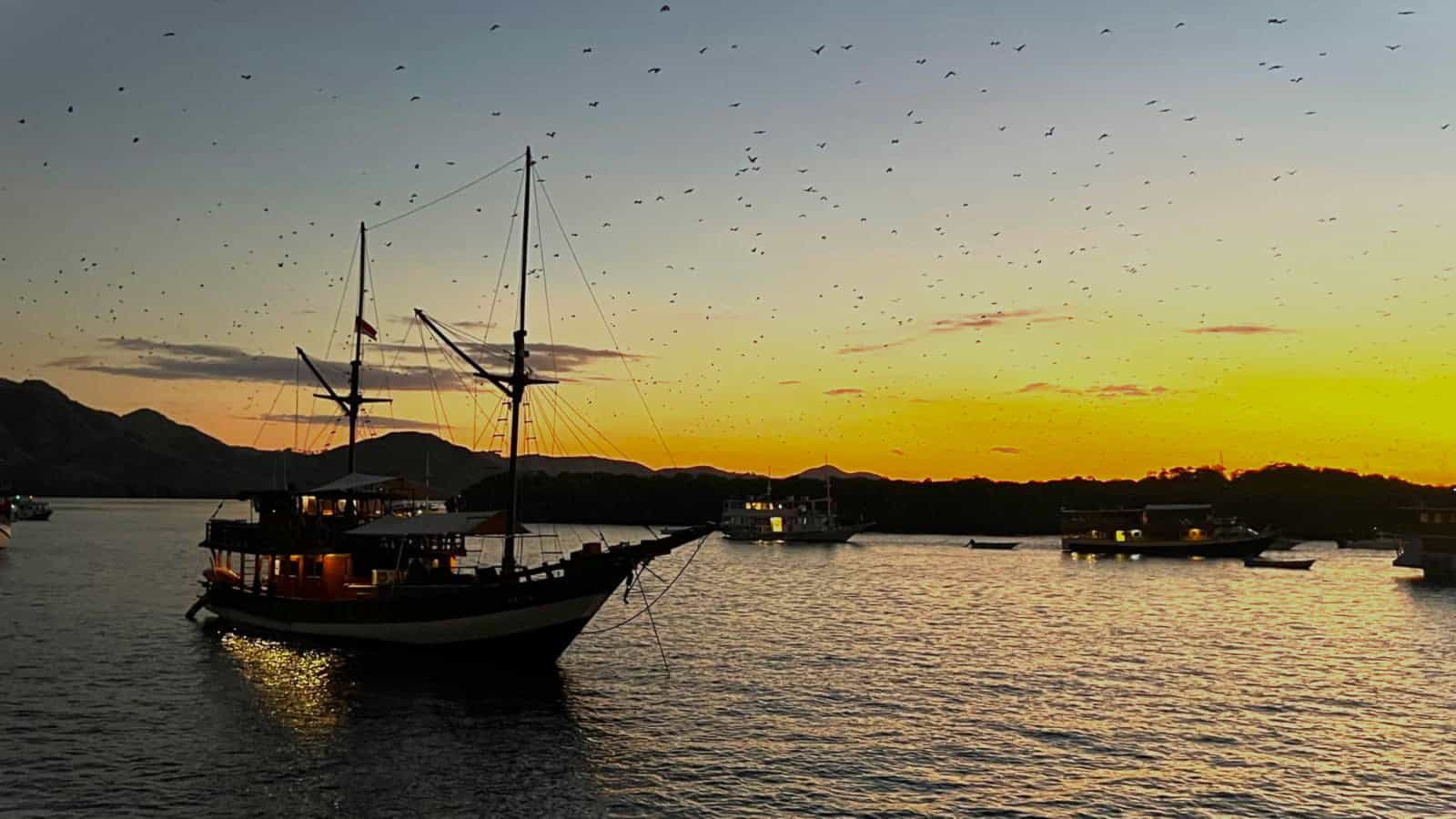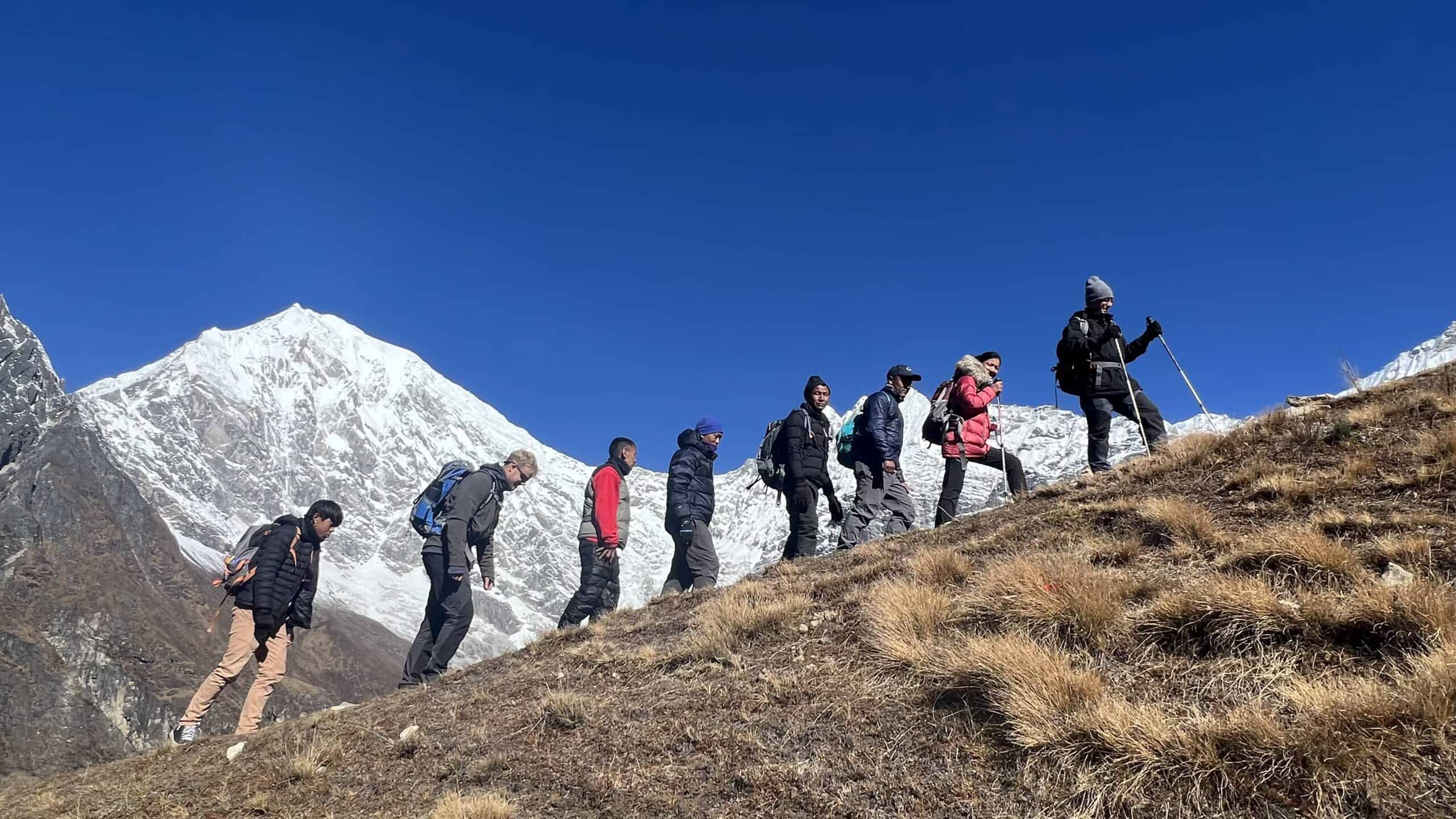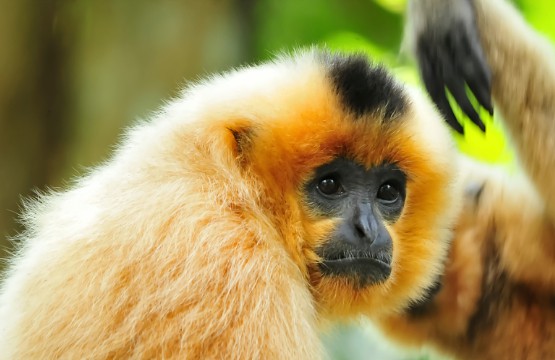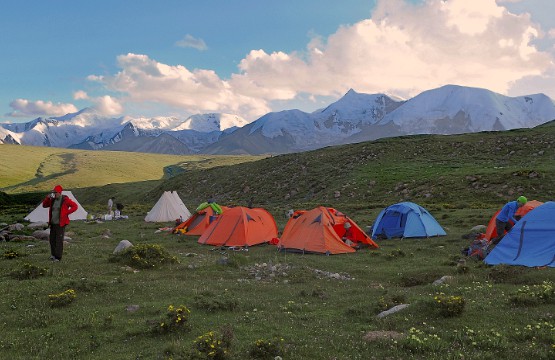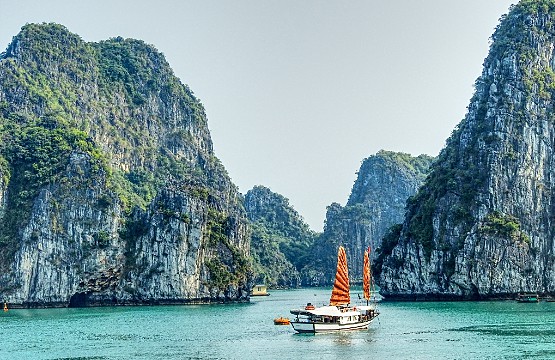North-East India Wildlife Highlights
This trip exploring Kaziranga and Manas (the finest of India’s national parks), the charming hill station of Darjeeling and Pelling in Sikkim famous for magnificent views of the snow-capped Mt. Kanchenjunga range, the third highest peak in the world, plus an exciting optional extension to the magical kingdom of Bhutan.... More
This trip exploring Kaziranga and Manas (the finest of India’s national parks), the charming hill station of Darjeeling and Pelling in Sikkim famous for magnificent views of the snow-capped Mt. Kanchenjunga range, the third highest peak in the world, plus an exciting optional extension to the magical kingdom of Bhutan.
Northeast India is a largely unvisited region of India. The biodiversity of Northeast India is one of the most diverse in the world. This region is home to a multitude of Asia’s rarest and most secretive animal and bird species. It is the home to indigenous hill tribes of a very different cultural anthropology. The Naga tribes in particular, who are indigenous to both India and Burma, have largely preserved their cultural heritage and distinctive features to this day.
Only since 1994 have some areas been opened to foreigners. Since then, the still almost unknown Manas National Park has been open to tourists interested in nature & wildlife. This park borders Bhutan and is home to a fabulous fauna with a rich bird life as well as a variety of highly interesting mammals.
We visit four very different destinations – each dominated by the rich flora, fauna and mighty Himalayan range – for this unusual tour. First we head to Kaziranga National Park. Situated on the Brahmaputra River in Assam, Kaziranga has a superb variety of wildlife and is probably the best place in the world to see the endangered Great Indian One-horned Rhinoceros. Next we visit Manas National Park, which is situated in the foothills of the Himalayas bordering Bhutan. Next we spend six days in Darjeeling and Pelling , enjoying the area’s nature, culture and breathtaking views of the eastern Himalayan peaks.
LessGiving back to the communities is our responsibility!
With every trip, you also support the SWAN and thus projects for Sustainable Community development and Biodiversity protection.
Our primary NGO partner is Social Welfare Association of Nepal (SWAN), with whom we have carried out multiple CSR (Corporate Social Responsibility) projects. Besides carrying out regular CSR activities in the areas of education and women empowerment, we have supported relief and rehabilitation initiatives in the aftermath of several natural disasters like earthquake, immediate response to COVID-19 pandemic across Nepal.
Giving something back to the world is a special and responsible affair of travel-to-nature Asia right from its inception. When you travel with travel-to-nature Asia and SWAN-Nepal, you become an integral force for change in addressing the most pressing social and wildlife conservation issues. Your tourism funds help transform the future of under-privileged and marginalized communities and transform the future of at-risk natural places you travel. Portion of our profit flows to local communities who live with and steward nature, creating jobs and improving livelihoods.
By joining one of our holidays you are playing a vital role in bringing positive changes in the lives of local community.

